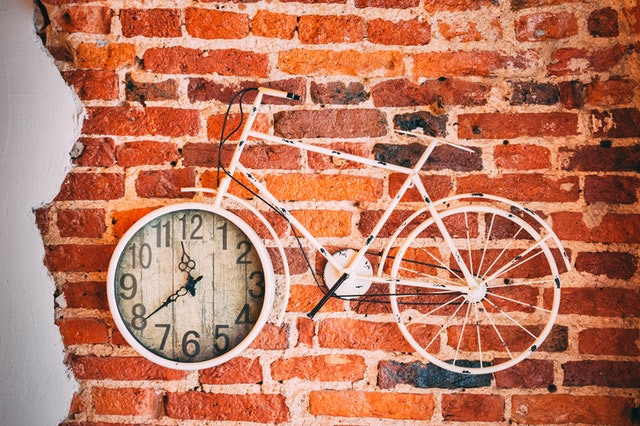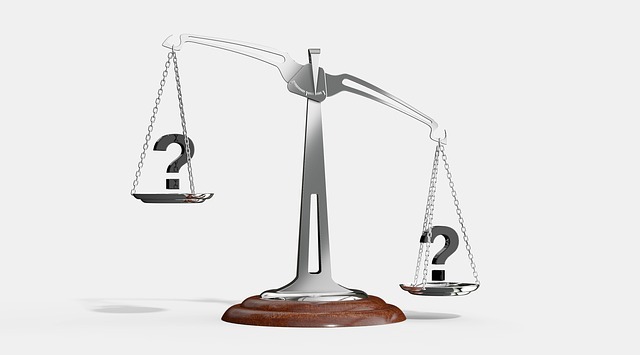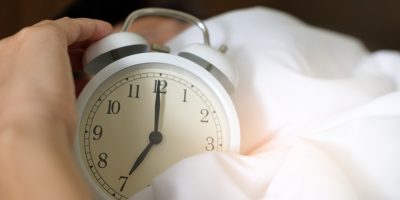One thing the world universally agrees on is that the night is meant for sleeping, and the day is for staying awake. That’s why most experts advise you to have a good night’s sleep spanning sevent to nine hours. Sometimes, though, certain lifestyles don’t allow it, such as work schedules that aren’t 9 to 5 or there is a desire to follow an alternative sleeping timeline. Fortunately, we show you different types of sleep cycles here so that you can choose the best sleep cycle for your productivity.
Monophasic
With this sleep pattern, you only sleep once per day – at night only. It’s what most people assume to be the “normal” sleeping pattern. In a study on Temporal Sleep Patterns in Adults, results revealed that most people use this sleep pattern, with the study having 92 percent monophasic sleepers.

Yet, most researchers claim that the monophasic cycle wasn’t this popular in the past and that it started normalizing during the industrial revolution due to the long working hours. Either way, if this sleep cycle works best for your productivity, it’s wise to keep it. As for others who find it stressful to keep up with it, subsequently ruining their productivity, it’s smart to explore other options.
Biphasic
Also sometimes known as the Siesta sleep pattern, the biphasic cycle involves sleeping twice a day – commonly five to six hours of core sleep at night and napping during the day. However, according to sources at Science Alert, in the pre-industrial evolution period where this sleep pattern was normal, most people would sleep a few hours after dusk until around midnight. They’d wake up at that point for one to two hours to talk, have sex, sew, or pray among other activities.

While this seems impractical in today’s life filled with monitors that affect sleep, Thomas Wehr, a psychiatrist, deems the biphasic sleep cycle as the most natural biologically. This was after he performed a study where he left his subjects in darkness for 14 hours per day instead of the normal seven to nine hours we darken our bedrooms to sleep. By the fourth week, they started sleeping twice per night. Chronic insomnia issues started showing up as biphasic sleep trends started diminishing, which makes it a valid reason to consider whether this is the best sleep cycle for humanity.
Polyphasic
The polyphasic sleep cycle consists of three to six sleep phases regularly spaced throughout the day. Most polyphasic sleepers have flexible employment schedules or are self-employed. Some people consider this as the best sleep cycle for productivity. And it makes sense when you look at it this way – animals and babies sleep in phases.

However, some scientists are skeptical and others even call it a dangerous fad. Also, sleeping two to three hours four times a day sounds exhaustive, right? Don’t conclude just yet, let’s get to know this sleep schedule better. It currently has three subtypes:
Uberman
The Uberman sleep cycle was invented by Marie Staver, a woman tremendously plagued by insomnia. She tried sleeping for a long time until she decided to take short naps throughout the day to stay productive. She got a lot done and concluded her sleep pattern as feasible for high-level productivity, therefore, naming it Uberman.

This sleep cycle involves six 20-minute naps every 4 hours giving you a total of 2 hours of sleep a day. Staver herself admits that adjusting to this sleep schedule takes 2 weeks of hell, but once the body acclimates, you’ll feel superhuman.
Leonardo Da Vinci allegedly followed the Uberman schedule. Other followers of Staver’s findings credit this sleep schedule for their improved productivity and alleviated insomnia. But whether you should follow this schedule to achieve its results is up to you.
Everyman
The Everyman sleep cycle was also created by Staver. It involves a core sleep of around 3 hours plus three 20-minute naps throughout the day. The exact nature of the schedule periods depends on the Everyman sleep schedule you wish to follow.

Staver came up with this sleep pattern after getting into a career where she couldn’t follow her Uberman cycle. Her followers suggested a less drastic pattern and Everyman was born. It then became a lenient structure for easing into sleeping less hours for many people. This could also be the best sleep cycle for you if you want to sleep lesser hours.
Dymaxion
This sleep pattern requires you to take 30-minute naps every six hours. The Dymaxion sleep schedule first appeared in 1943 when Buckminster Fuller, an American architect, claimed to sleep two hours per day for two years in a Time’s article.
Having numerous similarities to the Uberman cycle, the Dymaxion sleep pattern doesn’t include any core sleep and helps you get more done within a day, but has drastic adaptation requirements. Scientists frown upon it as well, claiming that it likely leads to sleep deprivation unless you’re genetically predisposed to needing less sleep.
Choosing the Best Sleep Cycle for You
You may be wondering which is the most productive sleep schedule? Unfortunately, there is no one-size-fits-all “best sleep schedule.” Some people like myself find the good old biphasic sleep to be the best. Others feel great with monophasic sleep. For those who genetically need less sleep, the polyphasic sleep cycles are great.

Generally, if circumstances push you to follow polyphasic routines, get one that works for you or that you can adapt to. Also, if you want to get more done in less time, you can learn to become a polyphasic sleeper – at your own risk. At the end of the day, the core truth remains: sleep and productivity affect each other. Follow the best sleep cycle for your productivity and be ready for any consequences that may follow.
Which of these sleep cycles have you used? How was your productivity? Whether you’ve been a monophasic, biphasic, or polyphasic sleeper, we wish to know your experiences. Let’s chat in the comments section below!

